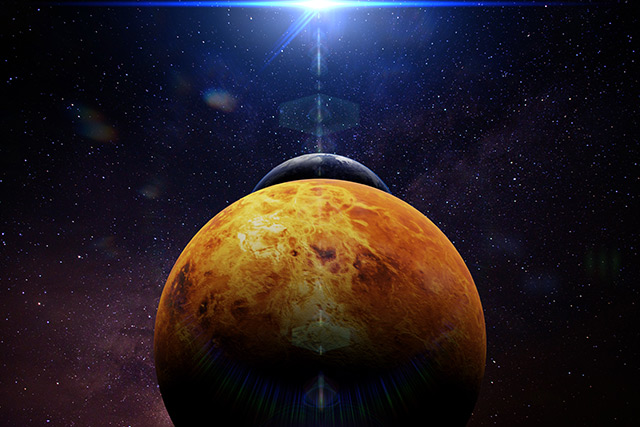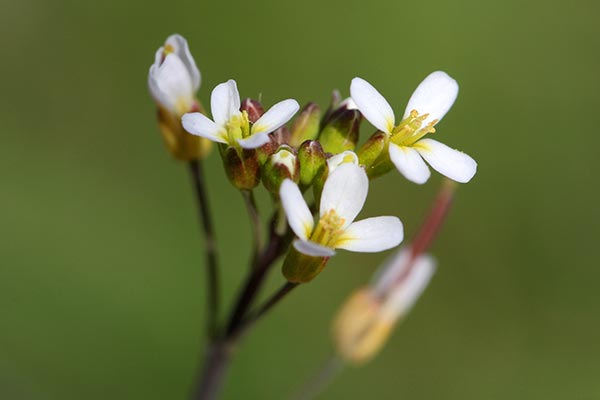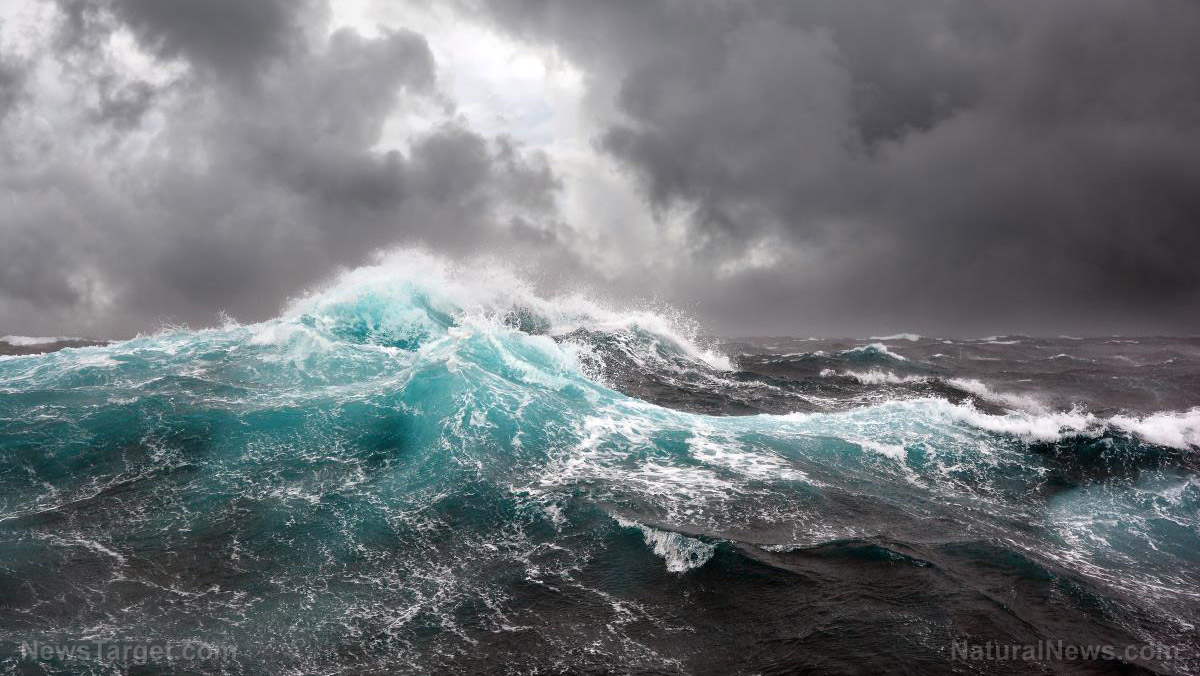Scientists discover volcano craters dotting surface of Mars
09/27/2021 / By Ramon Tomey

Scientists at the National Aeronautics and Space Administration (NASA) have discovered craters of extinct volcanoes on the surface of Mars. They stumble upon these craters after initially considering them to be sites where asteroids fell. The NASA scientists’ finding builds upon suggestions that the planet may still have active volcanoes that harbor life.
In a statement, NASA says that seven giant craters originally considered to be asteroid impact craters are actually post-eruption volcanic craters. Agency scientists notice that the seven calderas in Mars’s Arabia Terra region are not perfectly round compared to those created by asteroids. They also observe signs of collapse, such as very deep floors and benches of rock near the walls, in the calderas.
The researchers follow up on earlier studies suggesting the volcanic origin of minerals in the Arabia Terra region. Geologist Patrick Whelley of NASA’s Goddard Space Flight Center says: “Instead of looking for volcanoes themselves, we looked for the ash because you can’t hide that evidence.”
Whelley and his colleagues then meet with volcanologist Alexandra Matiella Novak. The researcher at Johns Hopkins Applied Physics Laboratory in Maryland has been using data from NASA’s Mars Reconnaissance Orbiter (MRO) to look for ash on the planet. The two scientists partner up to find ash buildup locations in Arabia Terra.
Novak and Whelley build upon another previous study with their endeavor. The prior study calculates the possible areas where ash from the extinct volcanoes’ super-eruptions would have settled. Based on this, the scientists determine that the ash would likely travel downwind toward the east.
“[We] picked it up at that point and said ‘OK, these are minerals that are associated with altered volcanic ash, which has already been documented.’ [So] now we’re going to look at how the minerals are distributed to see if they follow the pattern we would expect to see from super eruptions,” Novak says.
Super-explosions from the Arabia Terra craters also changed Mars’s climate
During these super-eruptions, the once-active volcanoes spew molten rock the amount of 400 million Olympic-size swimming pools alongside gas and ash. The ash expelled from the volcano then spreads into a thick blanket up to thousands of miles from the eruption site. Following the super-eruption, these volcanoes collapse into giant holes called calderas – the same found in the Arabia Terra region of Mars. (Related: Mysterious cloud over volcano Arsia Mons in Mars reappears 2 years after previous sighting.)
Whelley, Novak and their colleagues use images from the MRO’s Compact Reconnaissance Imaging Spectrometer to identify volcanic minerals that turned to clay by water. They also scrutinize canyon walls and the calderas themselves to find if the ashes are still in the same place had the calderas erupted recently.
Afterward, they create 3D topographic maps of Arabia Terra and overlay it with the mineral data. By overlaying both, they discover that the ash layers have been very well preserved instead of being strewn about by winds and water. Furthermore, data from the previous studies Whelley, Novak and their team have referenced show how many super-eruptions are needed to produce the thickness of ash they found – which they discover to be thousands of eruptions.
Whelley’s colleague and geologist Jacob Richardson, who is involved in the endeavor, says: “We’re actually seeing what was predicted [by the earlier studies] and that was the most exciting moment for me.”
Whelley has noted the effects of these super-eruptions on the planet’s climate. These volcanic discharges expel water vapor, carbon dioxide and sulfur dioxide into Mars’s atmosphere. In some cases, powerful super-eruptions release dust and toxic gases into the air, blocking out sunlight and lowering temperatures.
“Each one of these eruptions would have had a significant climate impact. [Maybe] the released gas made the atmosphere thicker, or blocked the sun and made the atmosphere colder,” the geologist says. Whelley continues that researchers modeling the climate on Mars “will have some work to do to try to understand the impact of the volcanoes.” (Related: Volcanic activity in Antarctica responsible for changes in climate in the region; not global warming.)
Space.news has more articles about the geography and climate of Mars.
Sources include:
Tagged Under: Arabia Terra, breakthrough, cosmic, discoveries, Mars, Martian climate, Martian geography, NASA, research, space, space exploration, volcanic calderas, volcanic eruption
RECENT NEWS & ARTICLES
NewScienceReport.com is a fact-based public education website published by New Science Report Features, LLC.
All content copyright © 2018 by New Science Report Features, LLC.
Contact Us with Tips or Corrections
All trademarks, registered trademarks and servicemarks mentioned on this site are the property of their respective owners.




















